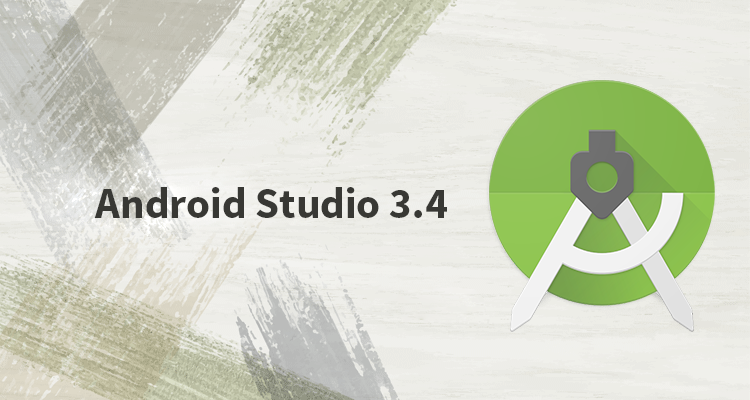Android Studio 3.4

Google launched Android Studio 3.4 on April 17th and it is ready for download on new versions of Windows, Linux
1.Develop
Resource Manager
Asset management (layouts, drawables, colors) and lookup become a headache for larger projects. Resource Manager is the new tool window to switch between different assets. With a better UI and previews in place, it’s easy to locate stuff.You can open the tool window by selecting View > Tool Windows > Resource Manager from the menu bar.
Resource manager provides various functionalities
like:Visualize
resources,
Bulk
import, Convert SVGs into VectorDrawable
objects, Drag and drop assets, Drag and drop assets and Tile and list
views.
Import Intentions
As you work with new Jetpack and Firebase libraries, Android Studio 3.4 will recognize common classes in these libraries and suggest, via code intentions, adding the required import statement and library dependency to your Gradle project files. This optimization can be a time saver since it keeps you in the context of your code. Moreover, since Jetpack libraries are modularized, Android Studio can find the exact library or minimum set of libraries required to use a new Jetpack class.
Layout Editor Properties Panel

The Attributes inspector is much improved and clear in its UI. It consists of collapsible sections of attributes. A much better color picker is available.
To improve product refinement and polish we refreshed the Layout Editor Properties panel. Now we just have one single pane, with collapsible sections for properties. Additionally, errors and warnings have their own highlight color, we have a resource binding control for each property, and we have an updated color picker.
IntelliJ Platform Update
Android Studio 3.4 includes
2. Build
New Project Structure Dialog
A much-needed feature. Now you can change Gradle settings from the Project Structure with a much-improved UI.
Android Studio 3.4 includes the next phase of improvement in the Product Structure Dialog (PSD). The new PSD allows you to see and add dependencies to your project at a module level.
Although the latest Gradle plugin v3.4 also has improvements, you do not have to upgrade your Gradle plugin version number to take advantage of the new PSD
R8 replaces Proguard
After staying on the bench for too long, R8 has now replaced Proguard as the default code shrinker. It was always more efficient than Proguard. R8 would be the default code shrinker from 3.4
3. Test
Android Emulator Skin updates & Android Q Beta Emulator System Image
Inside of Android Studio

